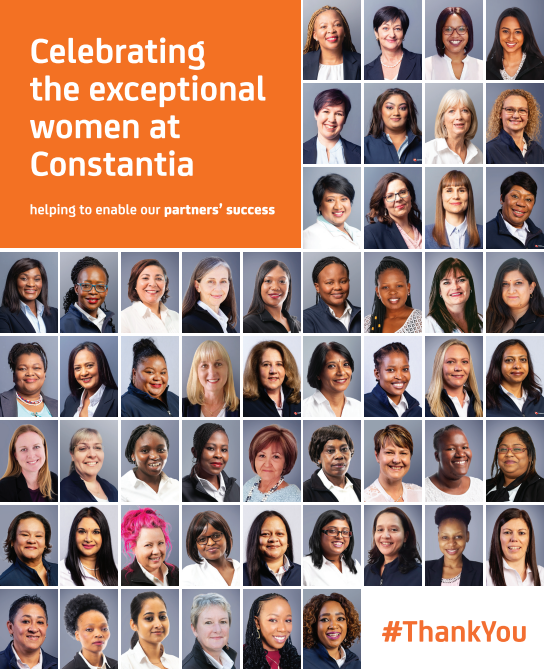Thokozile Mahlangu, Chief Executive Officer of the Insurance Institute of South Africa (IISA)

Despite South Africa having numerous pieces of legislation in place to prevent workplace gender discrimination and concerted efforts being made to bridge the gender inequality gap, women still lag behind their male counterparts in terms of pay and occupying senior positions.
The International Labour Organisation (ILO) notes that despite conventions for equal remuneration and non-discriminatory employment practices being in place for over 60 years, there still exists a gender pay gap in industrialised countries and an even bigger one in developing countries.
The ILO notes that South Africa still has a stagnant median gender pay gap of between 23% and 35%. This gender pay gap refers to the difference in wages between men and women for the same type of work or work of equal value. This disparity is a significant stumbling block to achieving gender equality in the country and seems to affect women in the middle and upper wage bands the most.
South Africa’s figures are on par with worldwide trends, with women globally earning around 37% less than men in similar roles, according to the World Economic Forum’s (WEF) Global Gender Gap Report 2021.
Alarmingly though, in its index of 156 countries, the WEF finds progress on closing the gender gap painfully slow. Based on the current trajectory, the Forum finds that women are 267.6 years away from gender parity in the area of economic participation and opportunity – which includes equal pay. If ever we needed proof that more needs to be done, this would be it!
Women executives
But the gender pay gap is not the only area that needs attention. South Africa also scores rather poorly in terms of the number of women in executive positions. According to the South African Institute of Chartered Accountants (SAICA), roughly 68% of all senior management positions are held by men.

Celebrating the exceptional women at Constantia.
Helping to enable our partners’ success.
Licensed Insurers and authorised FSPs.
SAICA notes that women make up 51% of the South African population, but only 20,7% of board members on JSE-listed companies are female. Even worse is that a significant proportion of JSE-listed companies have no female board representation at all.
The lack of female executives suggests that there may not be enough female senior managers in South African companies, as more than a third of South African women have stated that their gender and parental responsibilities hold them back from progressing in their careers.
This hurdle perhaps explains why South African universities produce more female graduates every year than male, yet women remain under-represented in both corporate and academic spheres. Figures released by the Department of Higher Education and Training in March 2020 reveal that in 2017 the share of female graduates from higher education institutions in the country was about 61.5% (129 681) compared to males at about 38.5% (81 241).
So, despite an abundance of willingness and skills, women are simply not cracking it in the business world – why is this? The Management College of Southern Africa (MANCOSA) recently published a paper that traces the root cause to the socio-cultural constructs of women.
Socio-cultural constructs
The authors argue that although South Africa’s Constitution promotes equal rights and treatment for all, the socio-cultural constructs of gender promote male dominance and female subordination. These constructs negatively impact decisions and beliefs pertaining to the progression of women professionals and promote institutional sexism.
Additionally, we cannot ignore the fact that women’s various responsibilities in their households and communities can deter them from applying for senior and top management positions, which often demand long and intensive working hours. At the same time, there is a small group of women who align with constructs that discourage women being in leadership positions and will not make the effort to climb to the top rung of the corporate ladder.
As we commemorate Women’s Month, it is perhaps fitting that we not only reflect on the significant amount of work that still has to be done to close the gender disparity gap, but also on the fundamental mind shift required to change how society views women and the value it attaches to their contribution. Promoting gender equality should never be a women’s issue, but rather an issue that is global, financial and crucial.

